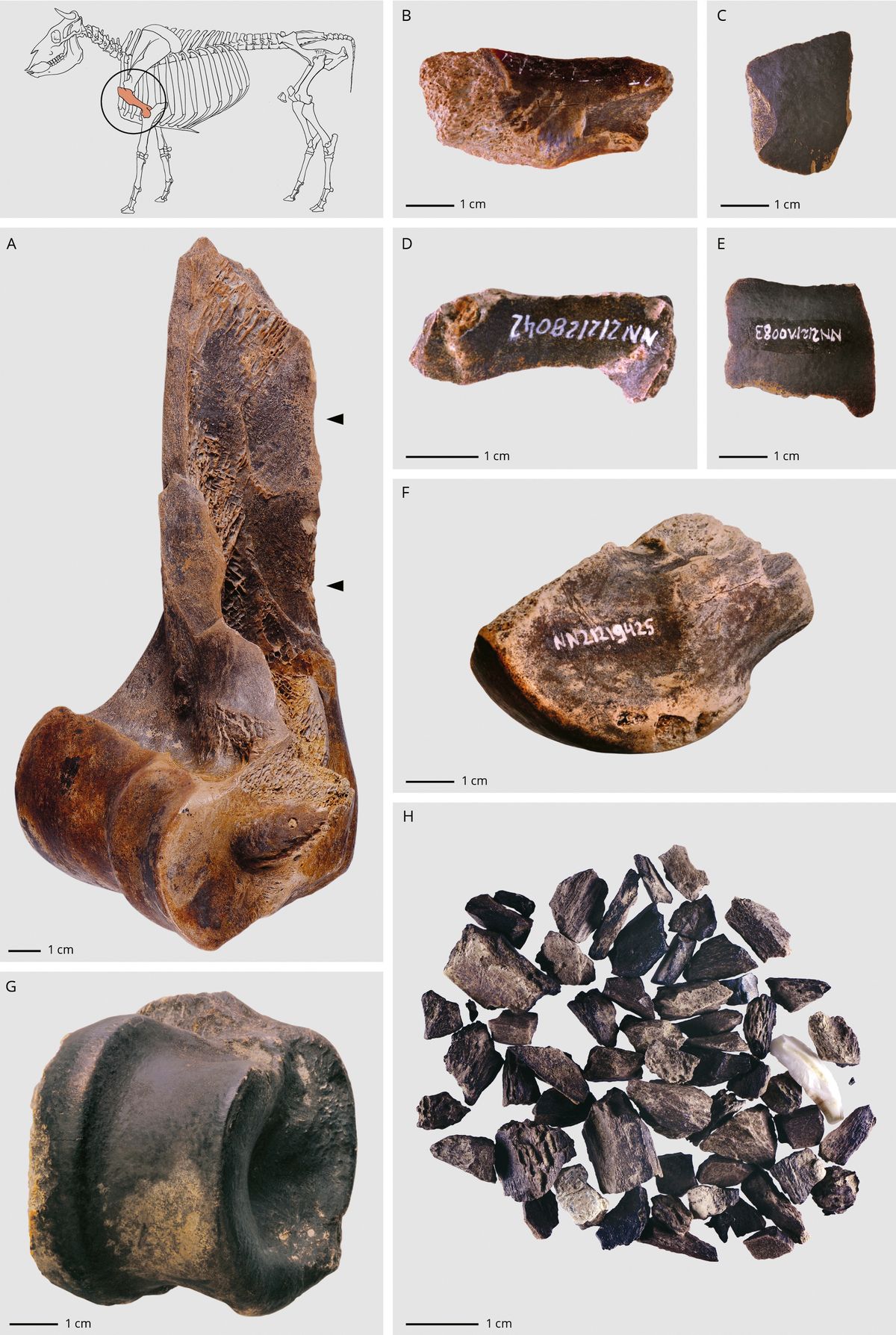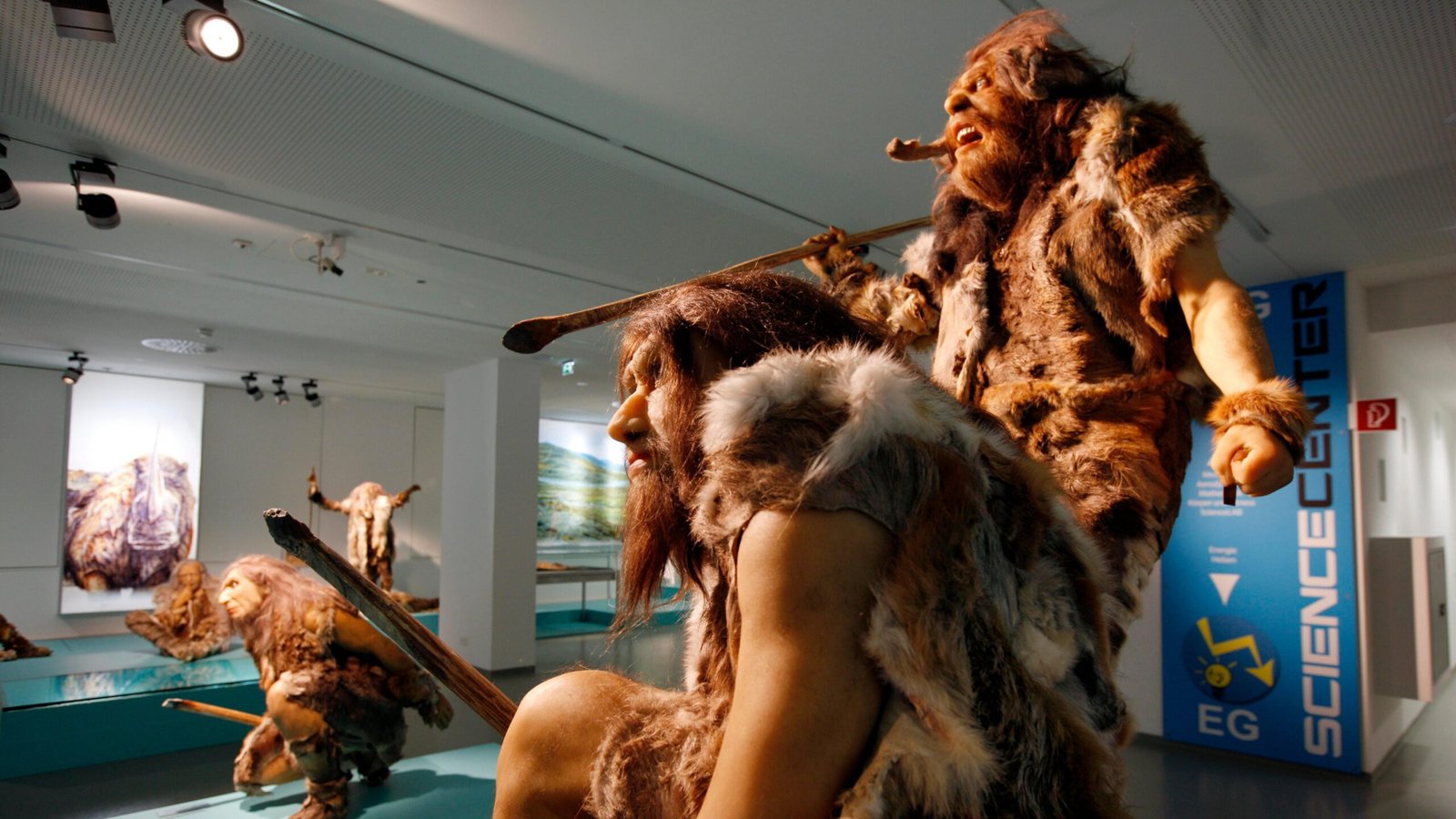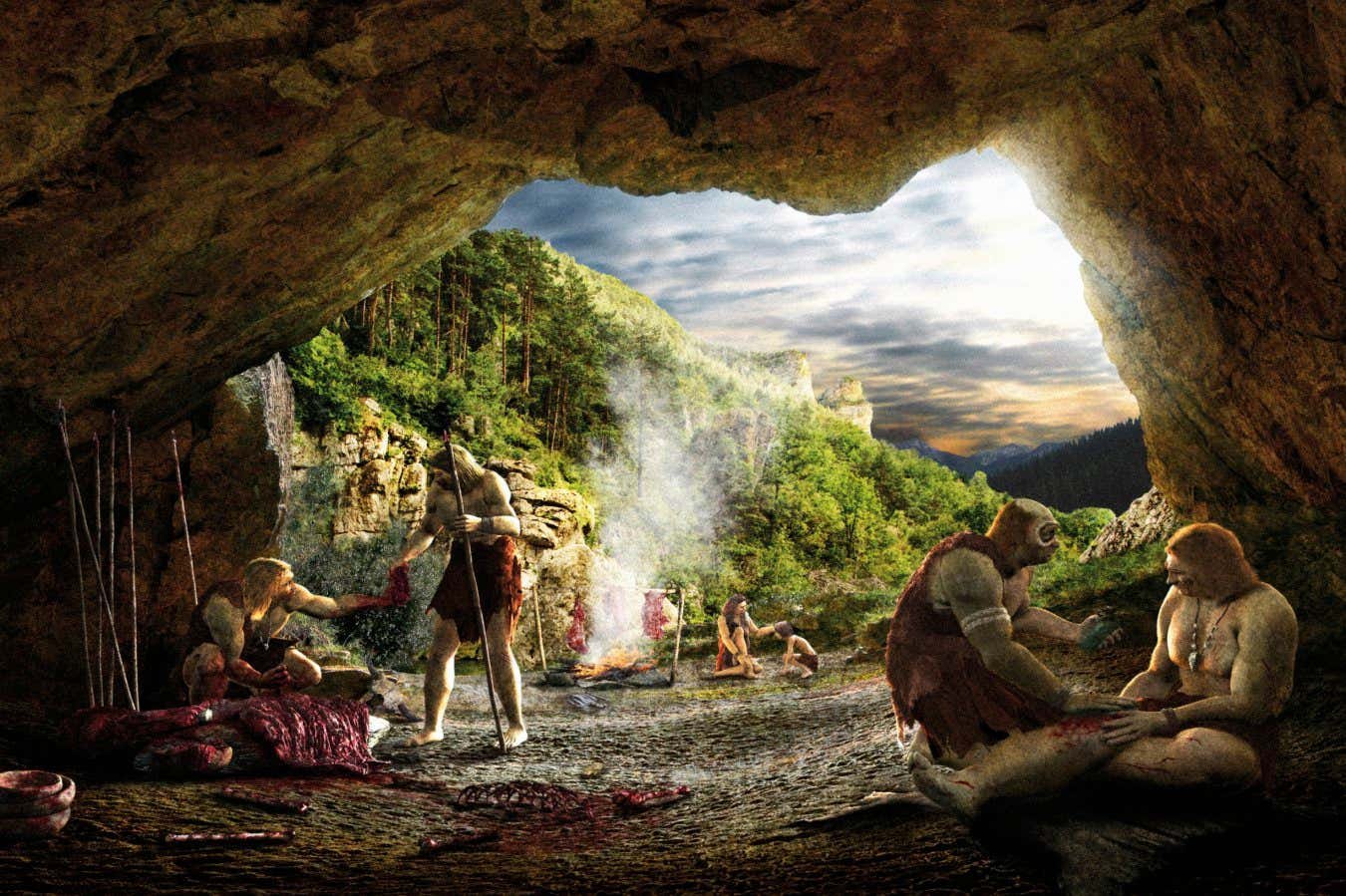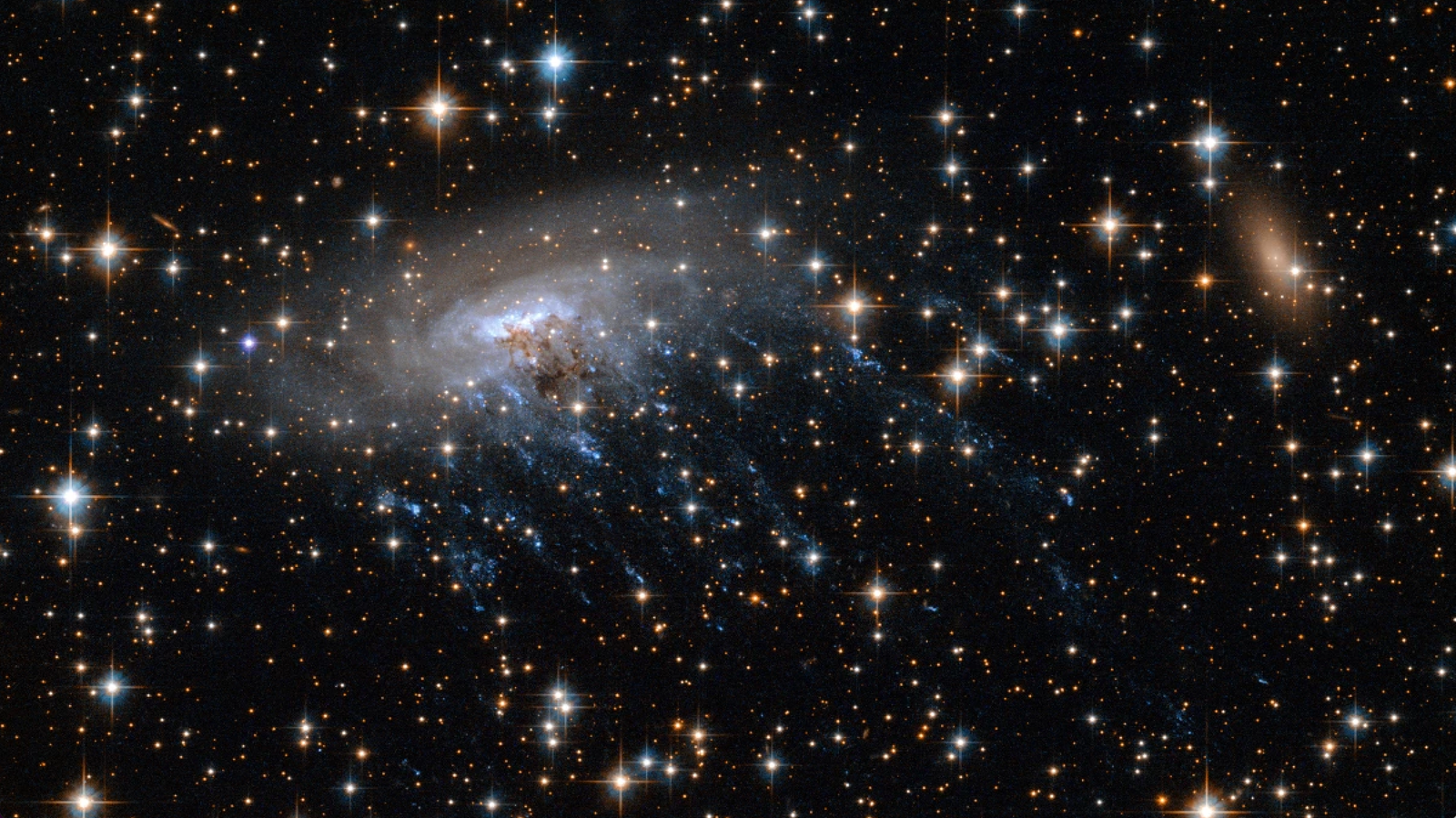Neanderthals were running a potentially lifesaving “fat factory” around 125,000 years ago in what is now Germany, a new study finds.
The research, published Wednesday (July 2) in the journal Science, reveals that these archaic human relatives had a process for extracting grease from animal bones — and it may have saved them from a lethal condition.
The condition, known as protein poisoning or rabbit starvation, happens when humans eat too much protein and don’t get enough fat or carbohydrates. Neanderthals would have likely been at high risk of protein poisoning, as they largely ate meat.
The “fat factory” discovery suggests that hominins, or humans and our close relatives, were practicing resource intensification — getting more utility out of the materials they had available — much earlier than previously thought. Before this analysis, the earliest evidence for resource intensification dated to 28,000 years ago, long after the Neanderthals’ extinction, according to the study.
Scientists found the Paleolithic factory after uncovering the fragmented remains of 172 large animals, including horses, deer and cattle, as well as Neanderthal-made anvils and hammerstones. After analyzing the bones, the team found that Neanderthals had first smashed the bones to get to the marrow — a soft, edible tissue inside of some bones — before boiling them to extract the fat. It appears that Neanderthals ate both the marrow and the fat, which would have maximized the amount of food and nutrients they got from an animal carcass.
“It’s surprisingly creative and innovative behavior from Neanderthals,” Osbjorn Pearson, an archaeologist at The University of New Mexico who was not involved in the study, told Live Science.
Who were the Neanderthals?
Neanderthals, the closest extinct relative of modern humans, emerged around 400,000 years ago and went extinct around 34,000 years ago. Remains of the archaic humans were first discovered in the 19th century, and much of the archaeological evidence revealed since then suggests that Neanderthals were fairly sophisticated. They made tools, glue factories and possibly even art.
While it was known that Neanderthals largely ate meat, little was known about how Neanderthals prepared animal carcasses.
“We know a lot about Neanderthal hunting tactics, habits and consumption of meat and bone marrow … but to much lesser degree about all the processes after hunting and butchering,” study first author Lutz Kindler, an archaeologist at the Monrepos Archaeological Research Center and Museum for Human Behavioral Evolution in Germany, told Live Science in an email.
“Labour-intensive and time-consuming”
Archaeologists found 2,000 bone fragments at Neumark-Nord, an archaeological site in central Germany, that had been crushed to facilitate the grease extraction.
“Fragmentation of the bones of large mammals into such a vast amount of small fragments is labour-intensive and time-consuming,” so it’s clear they served a purpose, study co-author Wil Roebroeks, a professor emeritus of paleolithic archaeology at Leiden University in the Netherlands, told Live Science in an email. In addition to bearing signs of being boiled, the bones are mostly broken near areas that contain the most fat, which supports the idea that the grease was rendered for consumption.

Neanderthals might have eaten the fat out of necessity, Pearson said. They sometimes experienced periods of starvation and may have been desperate for sources of calories. “And it turns out that fat is just packed with calories,” he said — fat supplies more than twice the calories per gram as carbohydrates and protein do.
The bones also suggest that these archaic humans may have used some form of food storage, Roebroeks said. Neanderthals may have been “more similar to historically documented foragers” than previous research had suggested, he added.
Kindler noted the overlaps between the revealed Neanderthal practice and modern human behavior. “The archaeological science of studying hominids is about finding the similarities between us today and them in the past,” he said.
Understanding what Neanderthals ate and how they acquired it may improve our understanding of human adaptations, Roebroeks said. The extra calories provided by bone-derived grease has been vital to human evolution, as more robust diets can lengthen lifespan and lead to increased reproduction.
Neanderthal quiz: How much do you know about our closest relatives?




